
315 Billion Tonnes Of Ice Just Broke Off From Antarctic Ice Shelf And It’s 5 Times Bigger Than Malta
For some of us, watching ice cubes slowly melt in our drinks during 100° degree weather is oddly satisfying. As kids, the biggest attraction for us was to take out a fresh ice cube from the freezer, to throw it into a glass of lukewarm water & to see how it immediately cracks due to the sudden change in temperature. Never did we ever think that this can be reproduced on a more grandiose scale. Well, ice cube enthusiasts, the day has come—we can finally witness a gigantic ice cube being dropped into the ocean!
Image credits: Rita Willaert (not the actual photo)
A colossal iceberg broke off of the Amery Ice Shelf in Antarctica on September 26th. D28, or the “Loose Tooth” as it is affectionately known, covers an area of 1,582km² & weighs in at approx. 315 billion tonnes.
Image credits: CopernicusEU
To put this in perspective, it’s larger than the entire Faeroe Island Archipelago & just a bit bigger than the city of Bangkok, Thailand. Talk about an icebreaker!
Image credits: helenafricker
The breaking of the ice (also known as calving) is a natural process whereby the ice shelf loses a chunk of its glaciers, this way balancing the amount of snow that collects upstream.
Scientists predicted that the Loose Tooth would break off eventually & monitored the progress over the years. Prof Helen Fricker from the Scripps Institution of Oceanography, reassures that this event is not the result of climate change as satellite records show environmental balance in the Amery Ice Shelf.
The Amery Ice Shelf is also the center of another major calving event. Back in 1962–1963, a massive 9,000km² ice chunk (roughly 6× larger than the Loose Tooth) broke off & drifted into the ocean.
Image credits: StefLhermitte
Calving is a common occurrence as it is estimated that around 40,000 small to medium icebergs break off from Greenland alone. However, none of them compare to the behemoth that the Loose Tooth has proven to be.
Here’s how people reacted to the news
28Kviews
Share on FacebookJust happy no fool tried to claim this was Climate change. Because it's not.
Yep because many realise the earth does a lot of crazy stuff on its own. On the other hand though I see a lot of people using this to try and add to their case that climate change does not exist.. 🙄
Load More Replies...5 times the size of Malta. Also .2% the size of Texas. But that somehow doesn't sound as headline-worthy.
I was ready to come to the comments and start screaming at the Purveyors Of The Apocalypse...to read the context. Way to go Bored Panda, you left them no room to Purvey.
"It's the end of the world as we know it.....it's the end of the world as we know it...and I feel fine" says every head of government around the world.
Just happy no fool tried to claim this was Climate change. Because it's not.
Yep because many realise the earth does a lot of crazy stuff on its own. On the other hand though I see a lot of people using this to try and add to their case that climate change does not exist.. 🙄
Load More Replies...5 times the size of Malta. Also .2% the size of Texas. But that somehow doesn't sound as headline-worthy.
I was ready to come to the comments and start screaming at the Purveyors Of The Apocalypse...to read the context. Way to go Bored Panda, you left them no room to Purvey.
"It's the end of the world as we know it.....it's the end of the world as we know it...and I feel fine" says every head of government around the world.

 Dark Mode
Dark Mode 

 No fees, cancel anytime
No fees, cancel anytime 






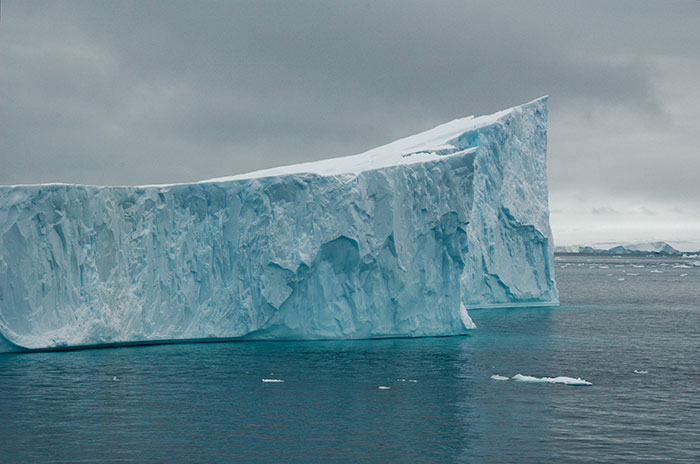
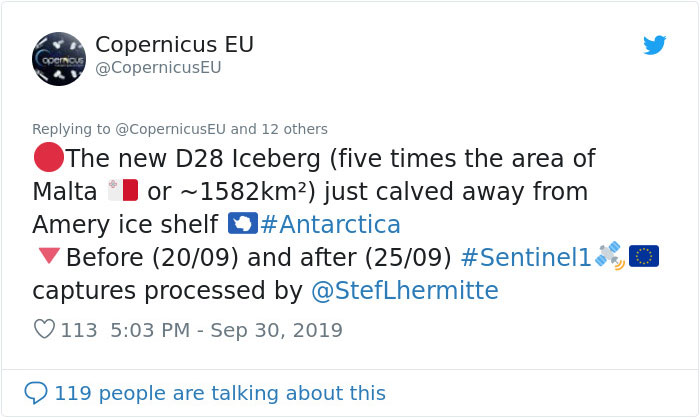
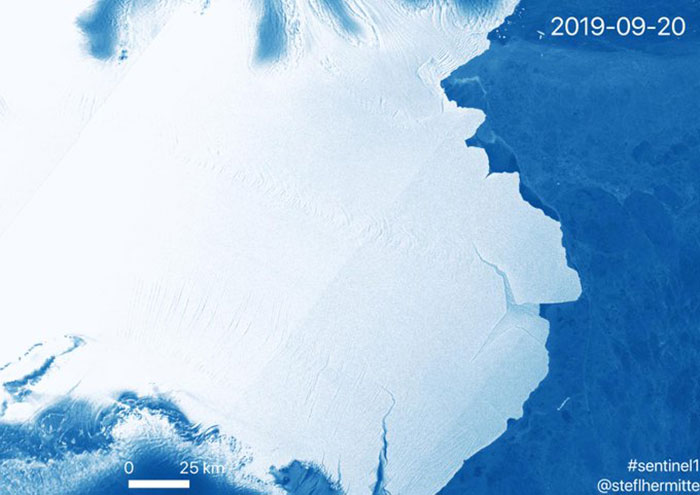
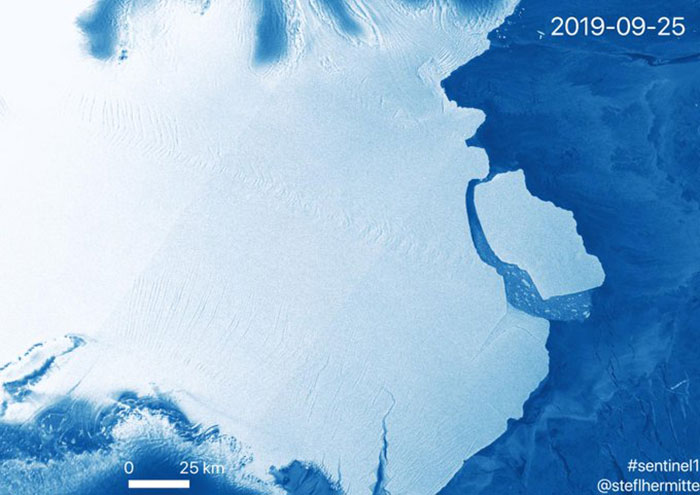
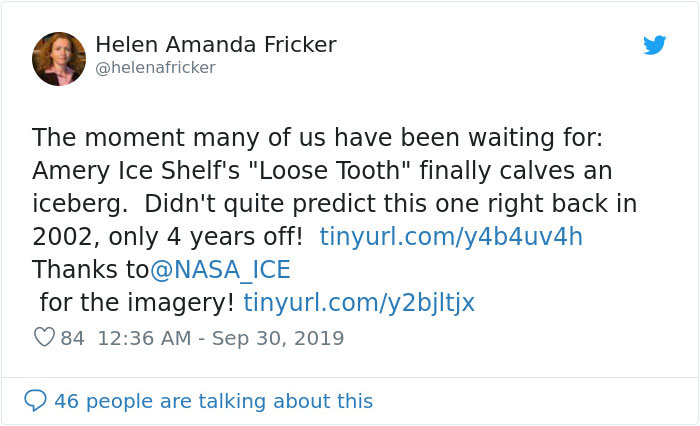
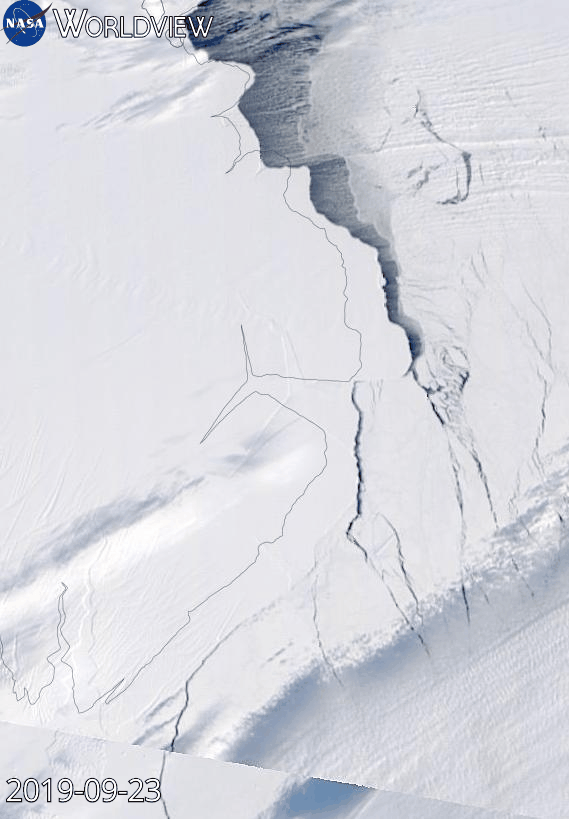
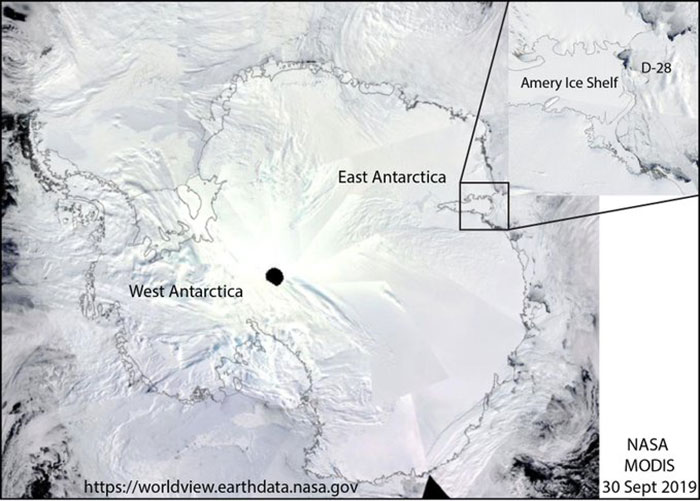
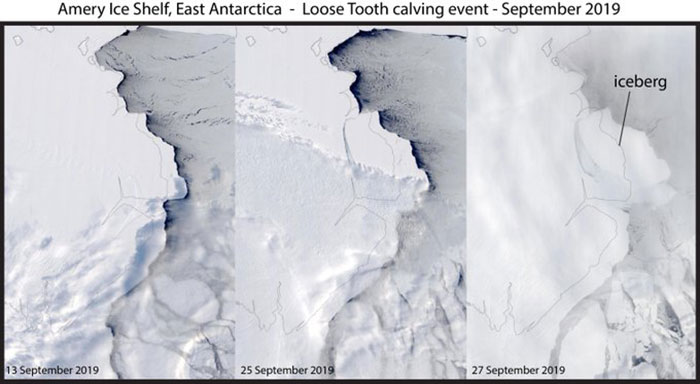
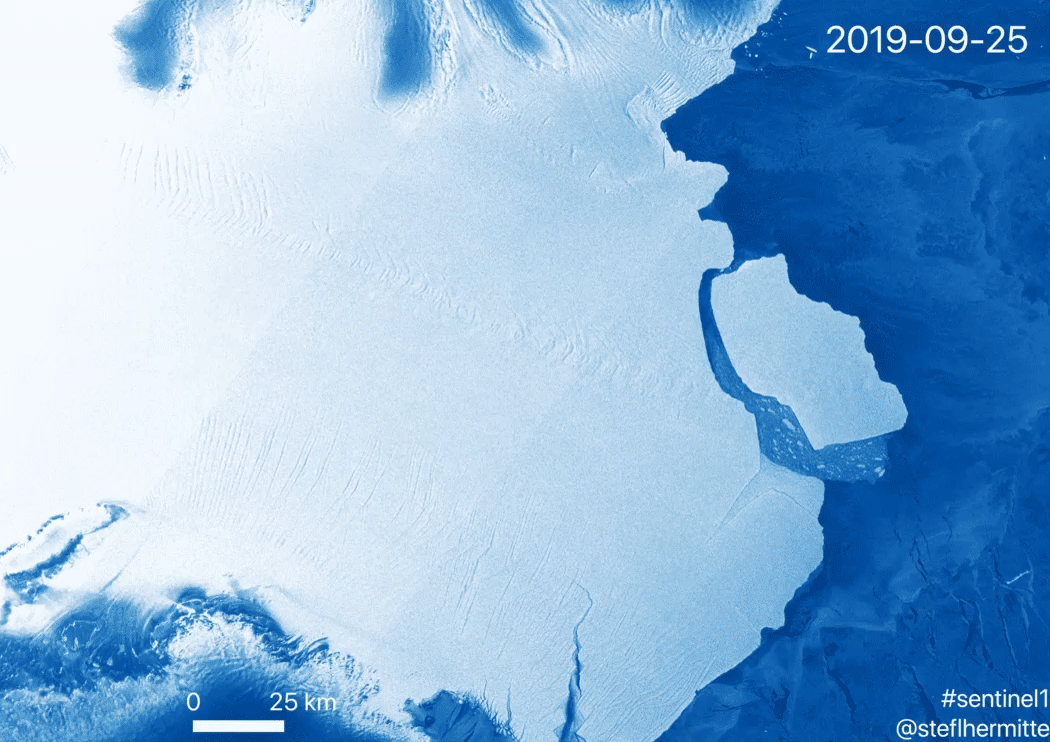





















































82
33